Experience Panchakarma Therapy — A Deep Ayurvedic Reset for Body, Mind & Spirit
There are days when everything feels slightly off — even if you can’t point to a cause. You’re not exactly sick, but you’re not feeling like yourself either. Maybe it’s the brain fog, the constant tiredness, the bloating after every meal. Sometimes, that heavy feeling in your body just won’t go away.
Your body’s not confused — it’s nudging you toward real balance.
At DNAveda, we offer a gentle yet powerful answer: Panchakarma treatment in Delhi NCR that’s rooted in Ayurvedic science but personalized for modern living. It’s Ayurveda’s most trusted detox program — designed not just to clean out your gut or give you a short-term fix, but to help you feel truly yourself again.
Rooted in ancient healing and customized for your modern lifestyle, Panchakarma therapy works on every level — physical, mental, and emotional. It clears out toxins, restores your energy, balances your mood, and brings you back to center.
If you’ve been feeling stuck, out of sync, or just plain tired — this might be exactly what your body’s been waiting for.
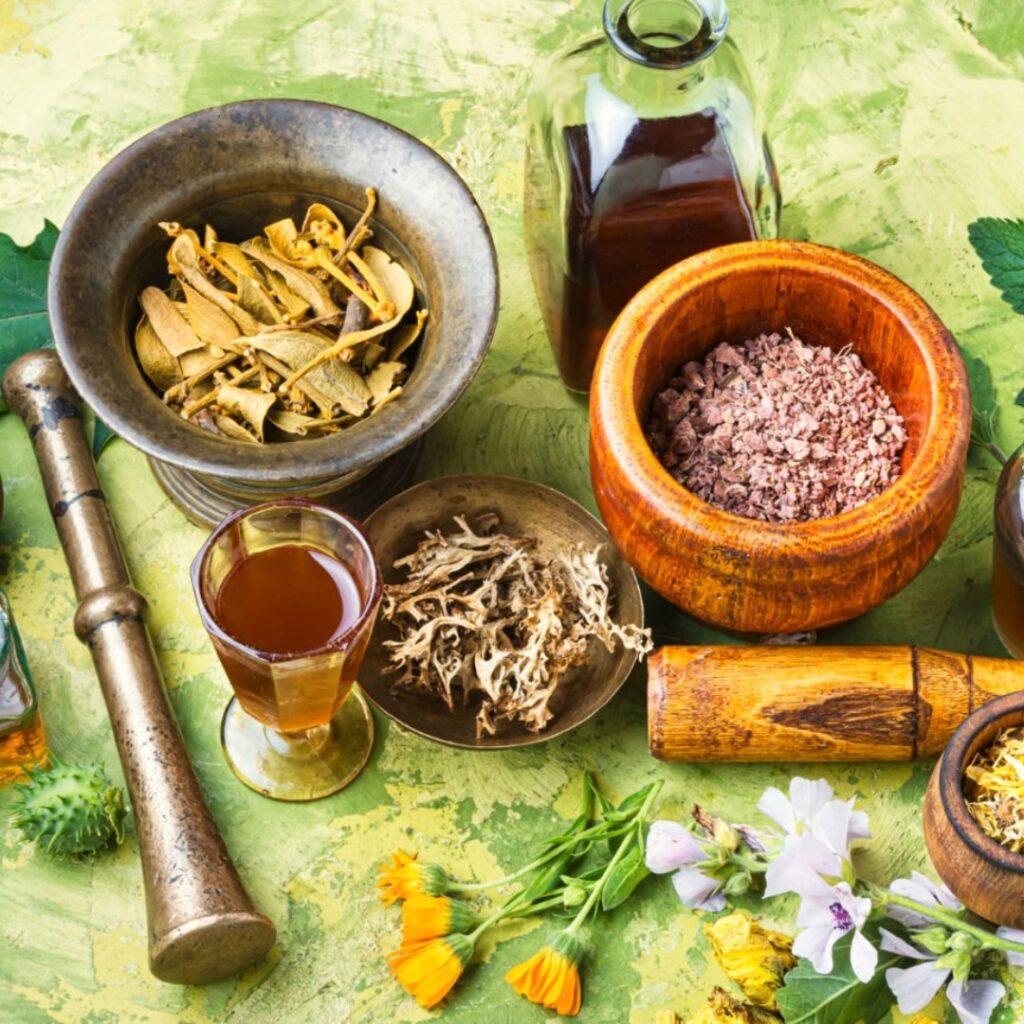
What is Panchakarma Therapy?
Whether we admit it or not, most of us are carrying around more than we realize — not just stress or fatigue, but years of undigested food, unresolved emotions, and lifestyle habits that weigh us down. That’s where Panchakarma therapy comes in.
The word Panchakarma means “five actions” — referring to five therapeutic processes in Ayurveda that help the body let go of what it no longer needs. These aren’t quick fixes or superficial detoxes. Instead, our experts carefully guide these treatments to go deep. They flush out toxins (Ama), balance the doshas (Vata, Pitta, and Kapha), and support your body’s natural ability to heal itself.
What makes it different from any regular cleanse? Panchakarma works with your body — not against it. It doesn’t just treat symptoms or make you lose water weight. It works at the root level: restoring digestive strength (Agni), calming the nervous system, improving sleep, and strengthening immunity from within.
At DNAveda, we personalize every Panchakarma plan. Since no two people are the same, we begin with a detailed Ayurvedic consultation — including Nadi Pariksha (pulse diagnosis), Dosha analysis, and lifestyle assessment. From there, we tailor the therapies to your body’s unique needs, whether it’s hormonal balance, gut reset, stress relief, or chronic pain recovery.
In short, Panchakarma isn’t about becoming someone new — it’s about returning to who you were before the noise, stress, and imbalance took over.
Panchakarma Types – The 5 Core Therapies That Deeply Renew You
When people hear the word “detox,” they often imagine juice cleanses or crash diets. But in Ayurveda, detoxing isn’t about forcing the body — it’s about working with it. At DNAveda, we offer personalized, nurturing, and deeply healing Panchakarma treatment — rooted in five classical Ayurvedic therapies that help your body let go of what it no longer needs. Yes, some of these therapies might sound a little intense at first — things like therapeutic vomiting or bloodletting aren’t part of our everyday vocabulary. But here’s the truth: each of these is done gently, with deep care, preparation, and personalization. Our goal isn’t to shock your system — it’s to give your body the tools and space it needs to release, recover, and return to how it’s meant to function. Here’s what each core therapy involves — and why they can be truly life-changing:
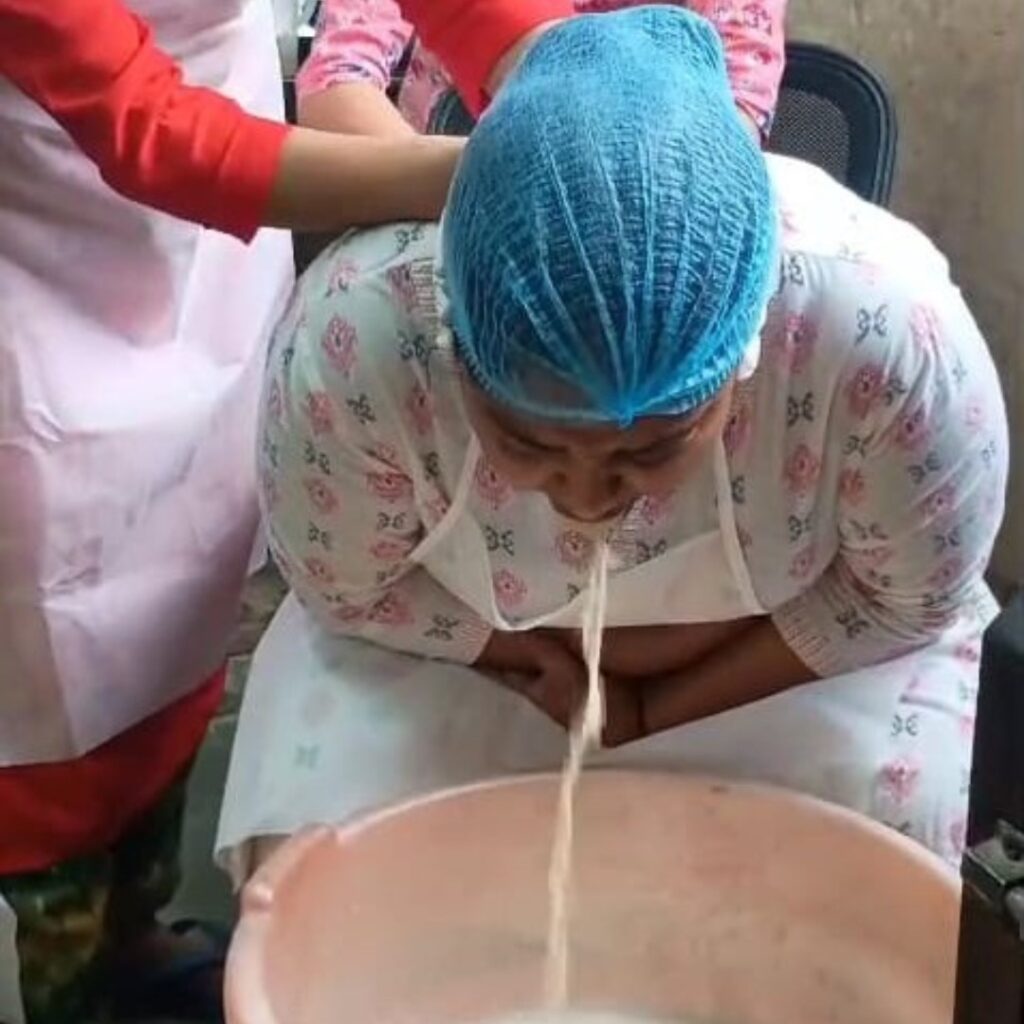
Vamana (Medicated vomiting)
Clearing what weighs you down – from inside your chest
This process follows a very structured approach, not the kind of vomiting you associate with illness. After a few days of prepping your body with ghee and soothing oil massages, we give you a special herbal drink. This drink gently encourages your body to release excess mucus and toxins from the stomach and lungs. Meanwhile, you’re not left alone — our team is there to support you through every moment.
Best for: People who feel heavy in the chest, have allergies, sinus congestion, asthma, or even emotional overload that needs a release.
After-effect: You literally feel lighter — like someone took a weight off your chest. Breathing becomes easier, thoughts clearer, and your appetite returns naturally.dxz

Virechana(Purgation Therapy)
Think of this as a deep cleanse for your liver and gut — but done kindly.
After prepping your system, we give you a natural herbal laxative. This does not cause discomfort. Instead, it encourages your body to gently eliminate excess heat, bile, and toxins from the small intestine and liver. You’ll stay comfortable, well-hydrated, and fully supported as your body clears out what it no longer needs.
Best for: People dealing with skin problems, acidity, hormonal ups and downs, migraines, or intense mood swings.
After-effect: That heavy, uneasy, mentally drained feeling? Gone. Not only does your skin glow, but your mind also calms down, and even your tummy feels at peace.

Basti (Medicated Enema)
The therapy that does more for your nervous system than you’d ever expect.
This isn’t your average enema. Depending on your condition, we use warm herbal decoctions or nourishing medicated oils. These are gently introduced into the colon, the home of Vata dosha in Ayurveda. Everything is done in a soothing, quiet space. Most people are surprised by how deeply grounding and comforting it feels.
Best for: People with joint pain, anxiety, constipation, lower back pain, sleep issues, fertility concerns — or just feeling emotionally “scattered.”
After-effect: Better sleep. Softer joints. Calmer mind. More regular digestion. People often say they feel “centered” for the first time in months.

Nasya (Nasal Therapy)
The one that clears your head — literally and emotionally.
We begin with a relaxing face massage and herbal steam. Then, we gently drop warm medicated oil into your nostrils while you lie back peacefully. You inhale and exhale. Gradually, you feel changes — sometimes subtle, sometimes profound — in your head, sinuses, and thoughts.
Best for: People with sinus issues, brain fog, headaches, hair fall, memory loss, or emotional tension stored in the head and face.
After-effect: A clear head. Lightness around the eyes and forehead. Sharper focus. Many people say they suddenly feel like “themselves” again.
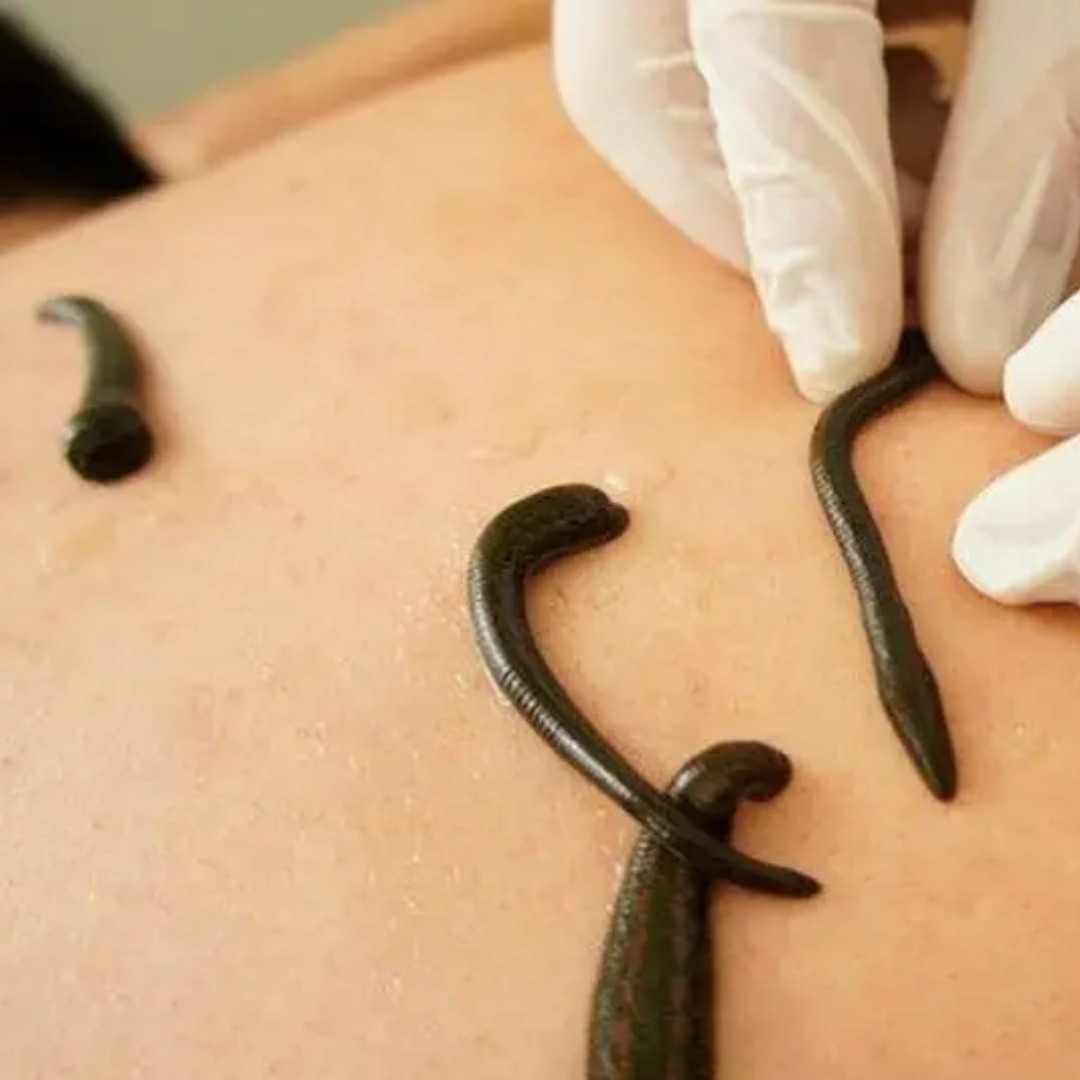
Raktamokshana (Bloodletting)
When your blood feels overheated, this helps cool it down — safely and effectively.
We use this therapy only when needed. For certain chronic skin or inflammatory issues, we apply modern sterile techniques. In some cases, Ayurvedic methods like controlled leech therapy remove small amounts of impure blood. Don’t worry — it’s painless, precise, and often surprisingly relieving.
Best for: Acne, eczema, chronic rashes, varicose veins, joint swelling, or recurring infections with signs of excess heat.
After-effect: Inflammation reduces, skin starts to clear, and people often report a strange sense of calmness and clarity after the therapy.
Panchakarma Treatment Benefits – Why It’s More Than Just Detox
Panchakarma isn’t just a physical cleanse — it’s a full-spectrum recharge for your body, mind, and emotions. Most people walk away feeling lighter, calmer, and more connected — like they’ve finally come back home to themselves. Whether you’re doing it for prevention or healing, the Panchakarma treatment benefits ripple into every aspect of your life. Here’s how this ancient therapy quietly transforms your everyday life:

Deep Detox at Every Level
Flushes out toxins from the gut, liver, lymph, and even cellular tissues.
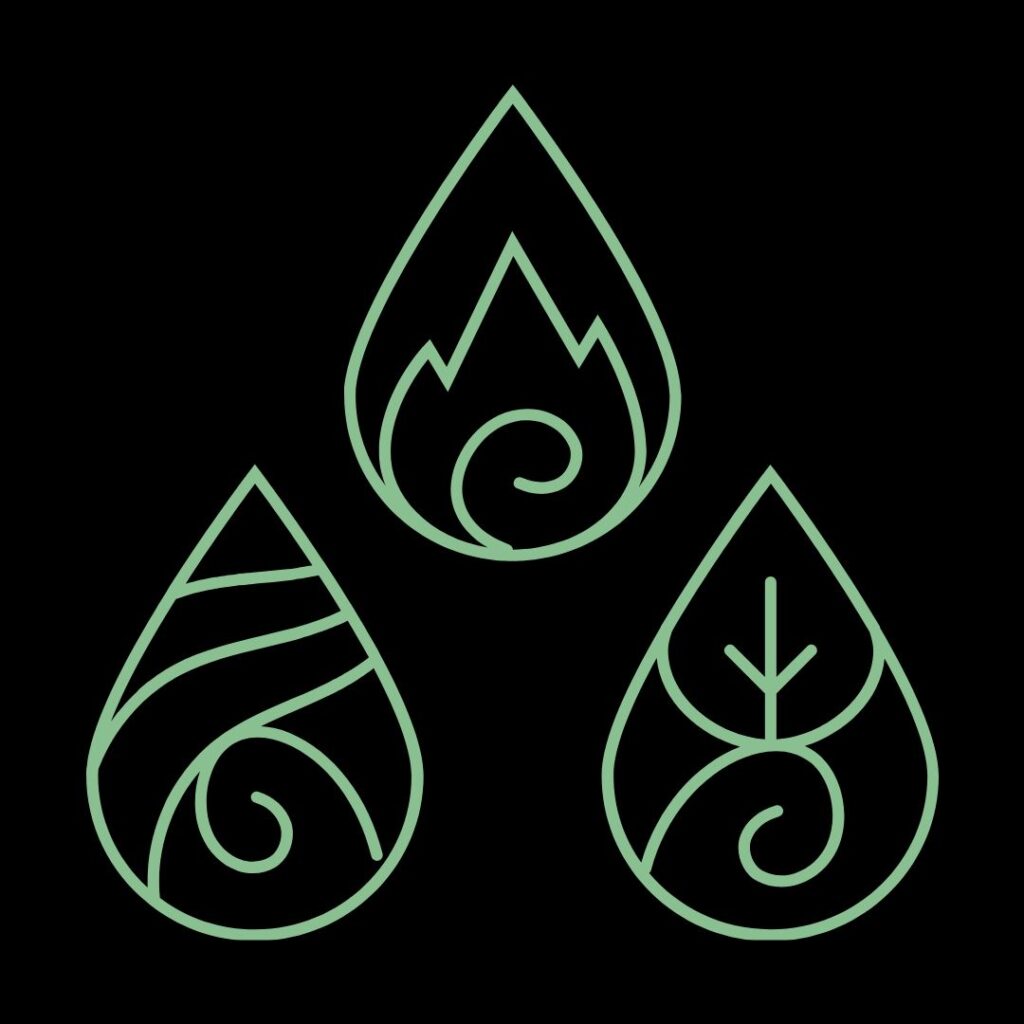
Balances All Three Doshas
Restores harmony in Vata, Pitta, and Kapha — improving digestion, sleep, and mood.

Fuels Healthy Digestion
Reinforces your internal digestive strength (Agni) — helping your body break down food better and feel lighter overall.

Relieves Pain, Stiffness & Inflammation
Soothes muscles, joints, and nerves — ideal for arthritis, back pain, and fatigue.
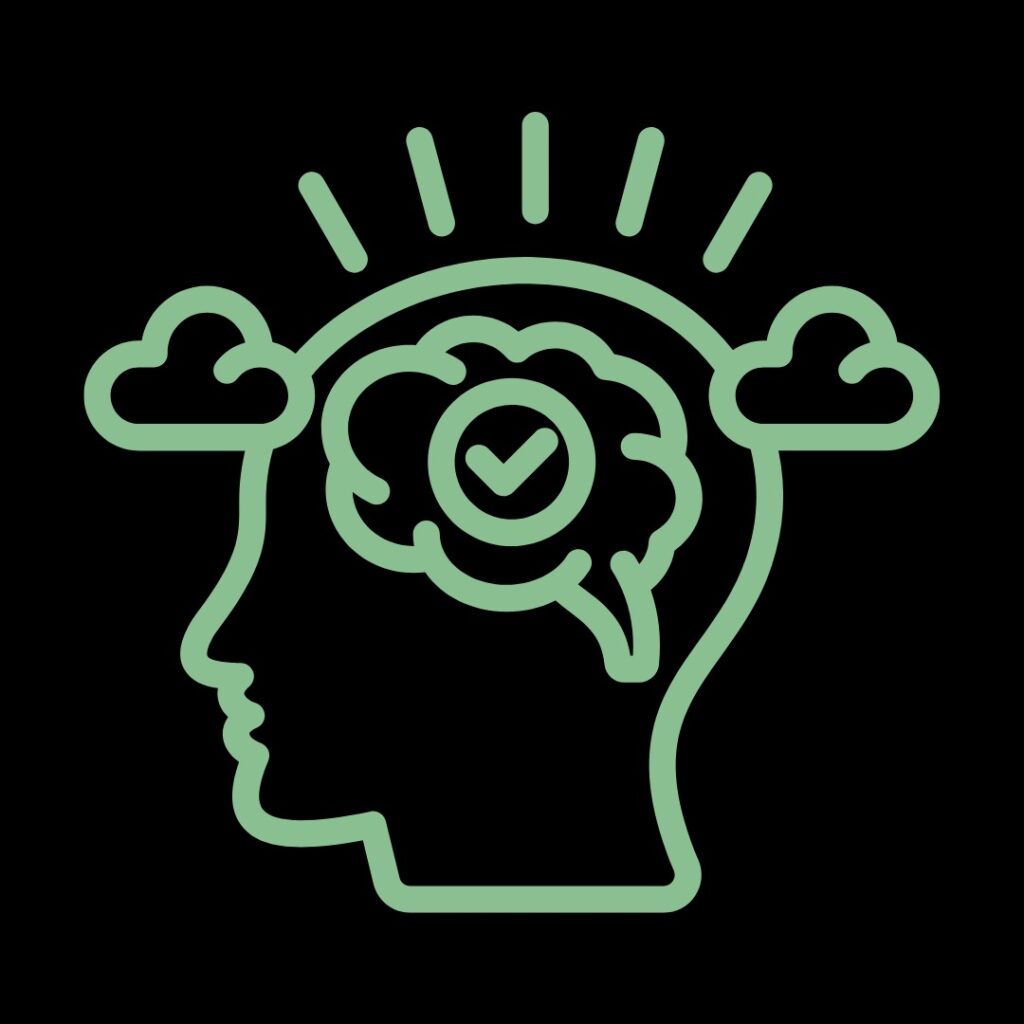
Emotional & Mental Clarity
Lightens emotional heaviness, reduces anxiety, and clears mental fog.

Strengthens Immunity & Vitality
Improves disease resistance and supports long-term health and hormonal balance.
Is It Safe? Let’s Talk Panchakarma Treatment Side Effects
Because Panchakarma is a therapeutic detox, it’s natural to wonder if there are any side effects — and it’s a good question to ask before starting.
When done under skilled guidance, Panchakarma is a gentle, well-structured process that supports your body — not strains it. At DNAveda, each plan is personalized for your age, strength, health, and dosha balance — so it avoids straining your body.
That said, here are a few mild Panchakarma treatment side effects that some people may experience during or just after the detox:
- Slight tiredness or dip in energy — a gentle sign that your body is turning inward to heal.
- Shifts in digestion or appetite — your system is simply adjusting as it lets go of old patterns.
- Emotional sensitivity or introspection — it’s common to feel more in touch with your emotions for a few days.
These shifts aren’t complications — they’re natural signs as your body begins to reset and restore balance. In fact, most clients report feeling lighter, calmer, and more energized within days of completing the therapy.
And because your Panchakarma journey at DNAveda is guided closely by our Ayurvedic doctors, any Panchakarma treatment side effects are monitored and managed with care — ensuring you’re supported every step of the way.


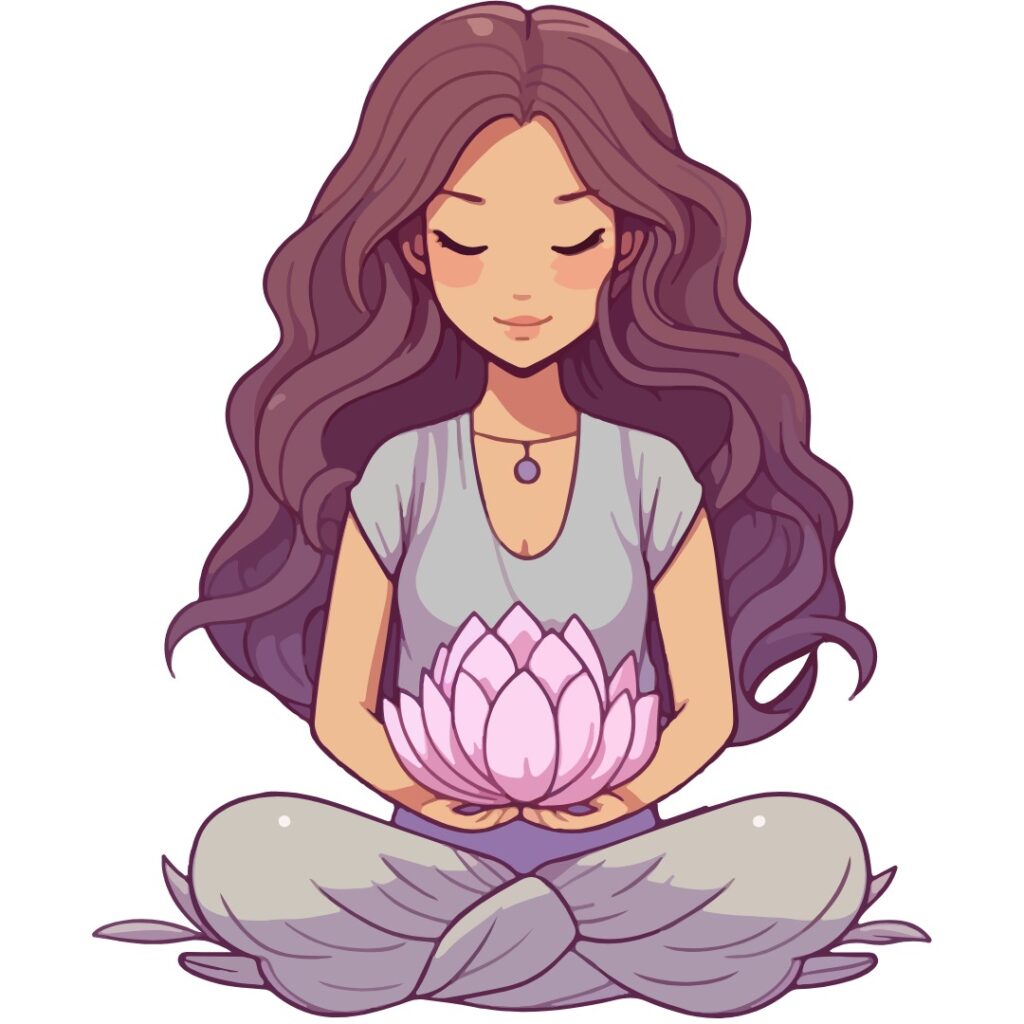
How Much Does It Cost? Understanding Panchakarma Treatment Cost
“How much will Panchakarma cost me?” It’s a common question — and one we hear from almost everyone considering Panchakarma. Since Panchakarma is based on a person-specific approach, a few important factors decide the cost:
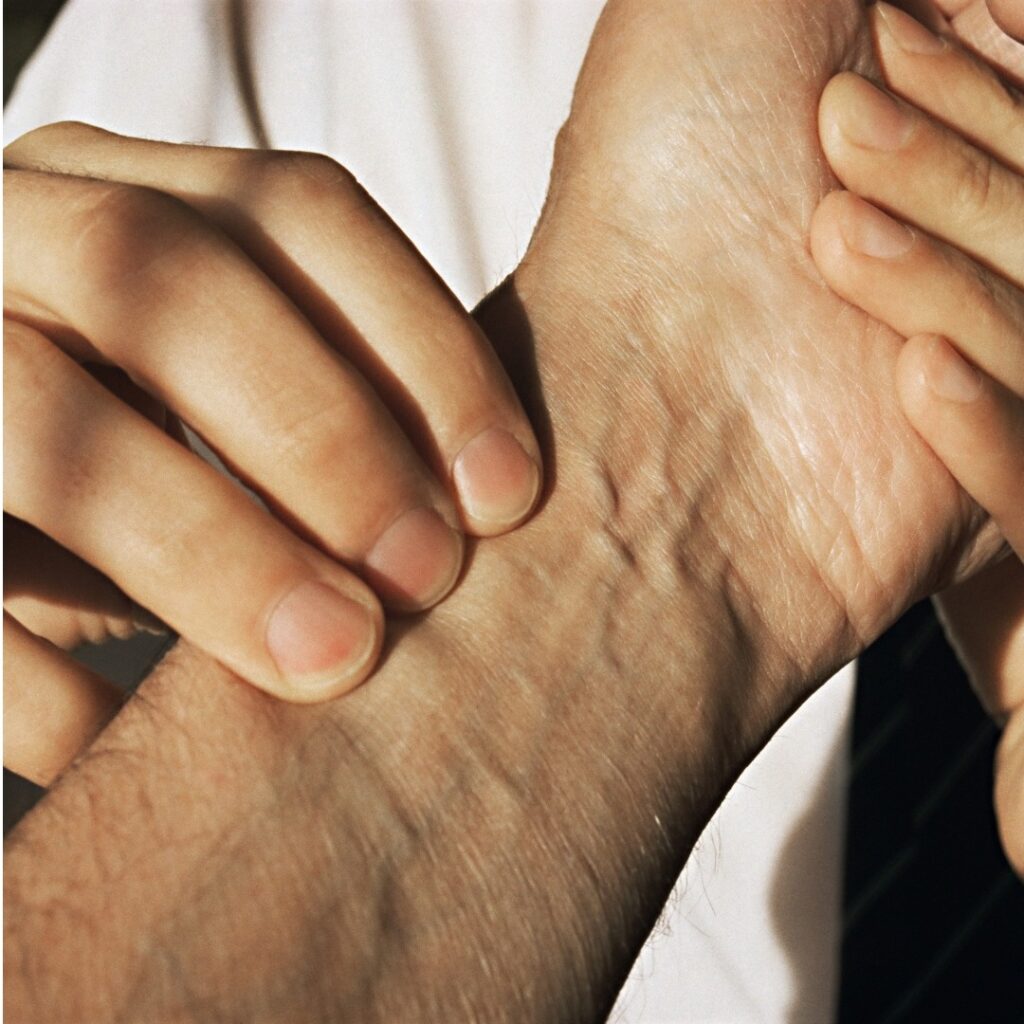
- Your current health condition and Ayurvedic imbalances
- The duration of the program (3, 7, 14, or 21 days)
- The types and intensity of therapies recommended for your body
- Whether you’re undergoing a mild cleanse or an intensive detox protocol
- The number of consultations and follow-ups included in your plan
At DNAveda, we believe in transparent care. There’s no fixed package that fits everyone. Instead, the treatment plan (and its cost) is customized based on what your body actually needs. We’ll walk you through all options during your consultation, so you can make a comfortable, informed choice — with full clarity on your personalized Panchakarma treatment cost, therapies, and outcomes.
Panchakarma Treatment in Delhi NCR – What Makes DNAveda Different?
In a city like Delhi — where stress, pollution, and processed foods quietly wear down your health — Panchakarma isn’t just a wellness ritual. It’s the deep renewal your body truly needs. But only when done with care, precision, and authenticity. Here’s what makes Panchakarma treatment at DNAveda stand apart:

Ayurvedic Care That’s Backed by Science
We combine classical Ayurvedic wisdom with modern diagnostics — from Nadi Pariksha to DNA-based Dosha profiling — to get to the real root of your imbalance.

Supervised by Expert Doctors
Every step of your Panchakarma is overseen by experienced Ayurvedic doctors — not left to guesswork. You’re supported with deep clinical insight, not spa routines.

Calm, Clean & Healing Spaces
Our center in Delhi NCR is designed to feel like a pause button — clean, serene, and far from the city’s chaos. Because your body heals best when it feels safe and supported.

Personalized Herbal Therapies
No commercial oils or generic formulations. Your body receives fresh, hand-prepared herbal oils and decoctions based on your unique constitution and symptoms.

Care Beyond Detox
We don’t stop at the therapy room. You’ll receive practical guidance on food, herbs, yoga, and lifestyle to help you maintain the results well beyond your Panchakarma.

Fully Tailored to You
Every body responds differently to detox — which is why your Panchakarma plan is designed with care, aligning with your current health, lifestyle habits, age, and the season’s influence.
Your Panchakarma Journey:
Step-by-Step
1. Initial Consultation
The first step is a full Ayurvedic consultation — including Nadi Pariksha, Dosha analysis, and symptom mapping.
2. Poorva Karma (Preparation)
Preparation for detox includes therapies like Abhyanga (massage), Swedana (steam), or medicated ghee to mobilize toxins.
3. Pradhan Karma (Main Detox)
Depending on your condition, you undergo one or more Panchakarma types: Vamana, Virechana, Basti, Nasya, or Raktamokshana.
4. Paschat Karma (Post Detox Care)
We restore your digestive fire (Agni), rebuild your strength with Rasayanas, and give post-care lifestyle guidance.
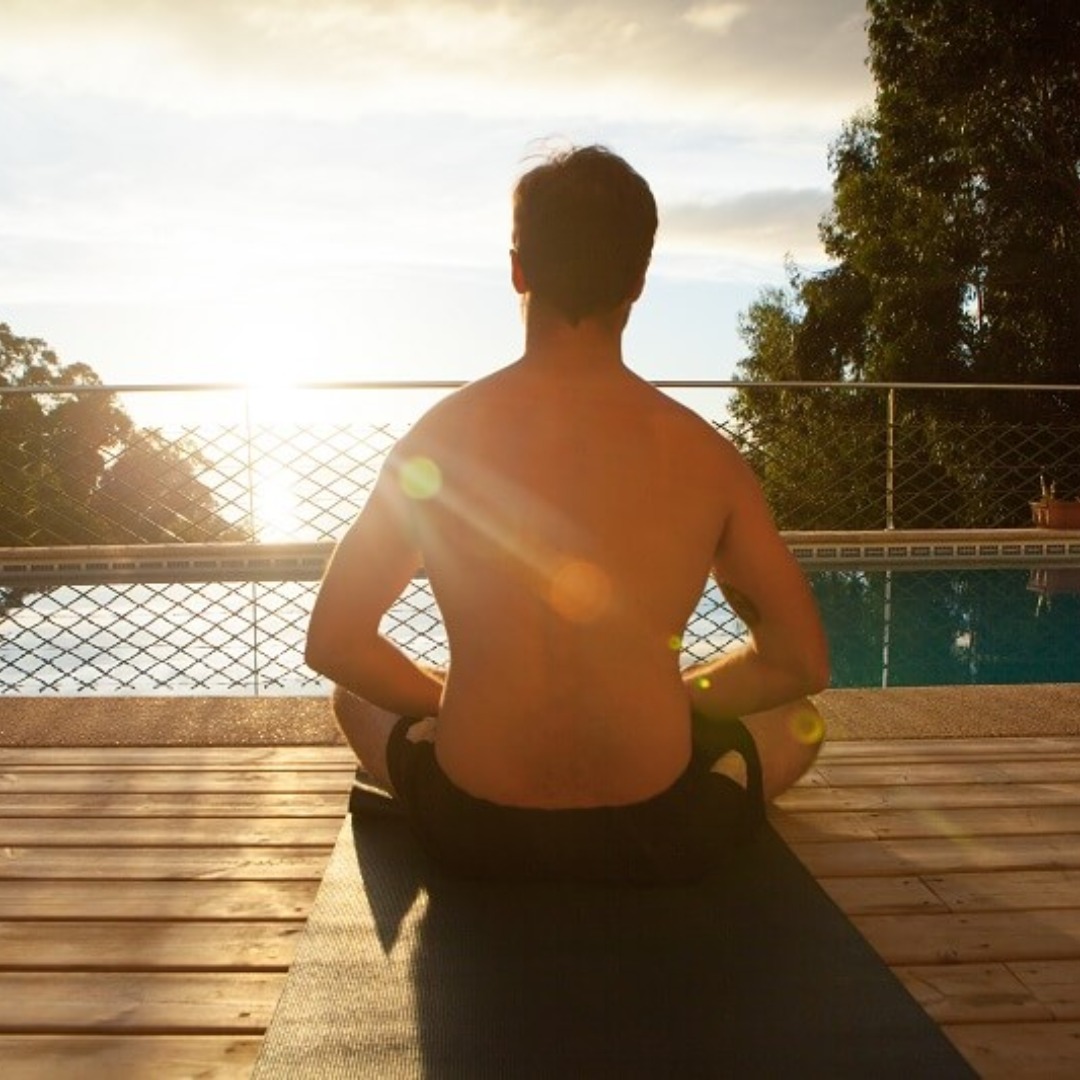
Book Your Panchakarma – Start Fresh, Start Now
You don’t have to wait for a diagnosis to detox. Whether you’re healing from illness or preventing future disease, Panchakarma therapy is your reset button.
- Feel the difference with powerful Panchakarma treatment benefits — from pain relief to emotional clarity
- Explore personalized Panchakarma types that match your dosha and health goals
- Get full transparency on your customized Panchakarma treatment cost — no hidden charges
- Begin your healing with expert-guided Panchakarma treatment in Delhi NCR, designed for modern lives
At DNAveda, we’re here to guide you home — to your healthiest, clearest, calmest self.
Book your one-on-one consultation to get started.
Frequently Asked Questions (FAQs)
Does Panchakarma really work?
Yes. Panchakarma is one of the most authentic Ayurvedic therapies for deep detoxification and rejuvenation. Additionally, when performed under expert supervision, it helps eliminate toxins (ama), balance the doshas, and restore digestive fire (agni). As a result, many individuals experience renewed vitality and lighter digestion. They also notice healthier skin tone and a reduction in long-standing health complaints. Its effectiveness depends on correct diagnosis, preparation, and post-care.
What happens to your body after Panchakarma?
After Panchakarma, impurities gradually clear from the body’s tissues and channels. This process helps restore natural balance and vitality. Many people experience lighter digestion, reduced bloating, better sleep, sharper focus, and relief from pain or stiffness. Additionally, the skin may appear brighter, and immunity improves as the gut resets. Emotional stability is also enhanced when the mind and body detox together.
How long does Panchakarma treatment take?
The duration varies depending on the individual’s health status and the Panchakarma types prescribed. A short program may last 7–10 days. Meanwhile, a comprehensive plan for chronic disorders may extend to 21–28 days. Each stage—Purvakarma (preparatory), Pradhanakarma (main therapies), and Paschatkarma (recovery)—is essential for sustainable results.
When is the best time to do Panchakarma?
Traditionally, Panchakarma is recommended at the seasonal junctions — spring and autumn — when the body naturally tends to accumulate toxins. However, those with chronic illnesses or lifestyle-related disorders can benefit at any time of the year, provided the body is fit for cleansing.
Is Panchakarma painful?
Panchakarma is not painful when performed correctly. For example, therapies such as oil massage, medicated steam, and herbal cleansing are generally soothing. Occasionally, mild discomfort may occur during purgation or enemas. This is temporary and a natural part of the detox process.
Does Panchakarma detox the liver?
Yes. Panchakarma therapies such as Virechana (herbal cleansing) and Basti (medicated enema) help remove excess pitta and toxins from the digestive tract and liver channels. Additionally, herbs like kutki, punarnava, and daruharidra support liver rejuvenation naturally.
How much weight can be lost in Panchakarma?
Weight loss varies for each person. Panchakarma corrects metabolism and reduces excess fat, but it is not designed as a crash diet. Many people lose 2–5 kg during a 21-day program. However, the bigger benefit is long-term balance and improved digestion.
Do and don’ts during Panchakarma?
Do: follow light, freshly cooked meals, stay hydrated, rest well, and maintain calmness of mind. Don’t: consume heavy, oily, or processed food, overexert physically, or expose yourself to extreme weather during the program.
Can we do Panchakarma during periods?
During menstruation, Panchakarma is usually postponed since the body is already engaged in its own natural cleansing, and additional detox may cause strain. Treatments can be postponed or resumed after the cycle ends.
What are the disadvantages of Panchakarma?
If therapies are performed without proper expertise, they may lead to temporary tiredness, imbalance, or aggravation of existing complaints. However, under qualified supervision, these risks are minimal. The key is proper diagnosis and post-treatment care.
Is Panchakarma safe?
With proper supervision by experienced Ayurvedic doctors, Panchakarma is carried out safely and often leaves patients feeling supported through every stage of detox. The therapies are individualized after Nadi Pariksha (pulse reading) and physical examination. Nevertheless, it should be avoided during pregnancy, severe weakness, or acute infections.
How many days should I rest after Panchakarma?
A recovery period of at least 3–7 days is advised after Panchakarma. During this time, light meals, adequate sleep, and gentle yoga help the body regain strength and integrate the benefits of cleansing.
Which is the best Panchakarma Centre in India?
The best Panchakarma Centre is one that offers authentic therapies under the guidance of experienced Ayurvedic doctors, follows NABH standards, and customizes treatment. A clinic with holistic care, including diet, therapies, and counseling, provides the most benefit.
What is the cost of Panchakarma treatment in Delhi?
The cost of Panchakarma in Delhi is not fixed. It depends on the specific therapies recommended, the duration of treatment, and each person’s health needs. On average, it ranges from ₹2,500–₹5,000 per day. Longer programs for chronic diseases may have a higher cost due to personalized care.
Which disease is treated by Panchakarma?
Panchakarma therapy is useful for chronic conditions such as arthritis, skin diseases, digestive disorders, respiratory problems, and stress-related illnesses. It also helps in preventive health and rejuvenation.
Which oil is used in Panchakarma?
Different oils are used depending on the condition. For example, sesame oil, mustard oil, or ghee infused with herbs like Bala, Dashmoola, or Punarnava are common. For joint pain, medicated oils with nirgundi or ajwain seeds may be used.
What is done in Panchakarma treatment?
Panchakarma includes five main procedures: Vamana (emesis), Virechana (purgation), Basti (enema), Nasya (nasal therapy), and Raktamokshana (bloodletting). These are supported with preparatory therapies like snehana (oil massage) and swedana (steam).
What is the age limit for Panchakarma?
There is no fixed age limit. Generally, therapies are usually recommended from teenage years onwards, provided the body is strong enough. In elderly individuals, gentler detox is preferred. Children usually don’t require full Panchakarma unless advised for specific disorders.
Which month is best for Panchakarma?
Ayurveda considers spring (March–April) and autumn (September–October) as the best months, as the body is more responsive to detoxification. However, individual health needs may determine the timing.
Address
D58, near Kaushambi Metro Station, Anand Vihar, Kaushambi, Ghaziabad, Uttar Pradesh 201010
Call Us
+919625554890
Email Us
ayurvedadna@gmail.com
